You are an amateur photographer, beginner or not, you make correct photos but you feel that you are not a creative photographer because you think you need a gift of creativity that you don’t have.
Here’s a method and a series of tips to show you that anyone can carry out a creative photo project, from inspiration to publication.
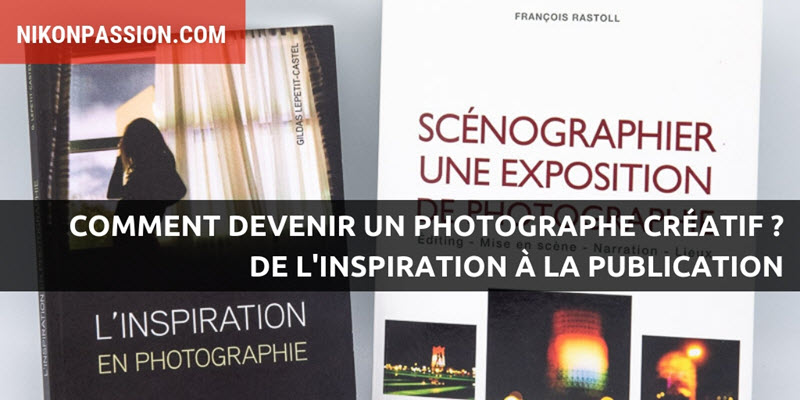
Preamble : I was inspired by several books on photography to write this subject, among which two of my current references:
The first one is an essential introductory book to understand how to develop your practice (I talk about it here).
The second, as its name does not indicate, gives you advice that goes far beyond simply hanging photos, since it is a question of scenographing – staging – your images and not just hanging them on the wall.
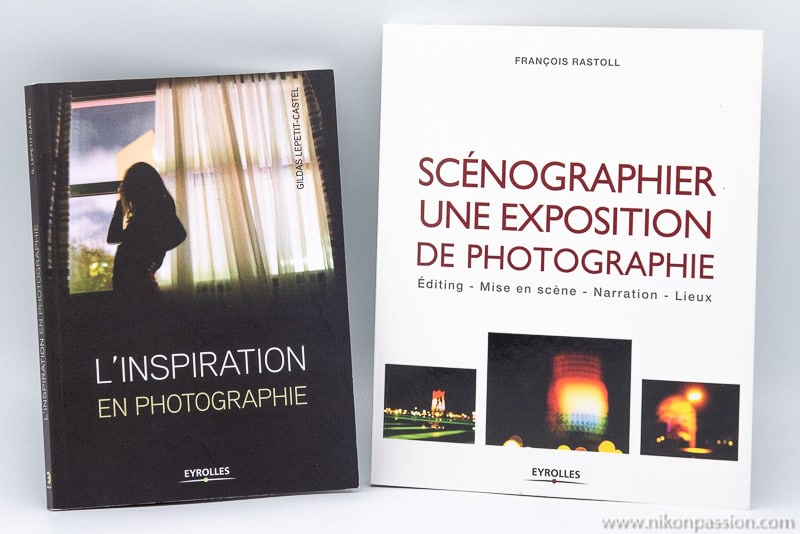
Do you recognize yourself?
« You understand, I’m not an artist, I’m a good technician, I’m able to understand how to adjust my camera, how to frame correctly. Only my pictures, if they’re technically good, are not creative. They’re not out of the ordinary, they’re déjà vu, and I don’t know how to go beyond that. I’m not a creative photographer because I don’t have that gift. »
This remark often comes back to the amateur photographer and I understand you all the better as I myself have a technical training, I am not an artist and I was not born with the gift of creativity either.
Yet I have the same desires as you, to be able to carry out a photo project, to show eye-catching images and not just fill up my hard drives. In his book “L’inspiration en photographie”, Gildas Lepetit-Castel rightly says:
“What’s the point of taking photographs if you’re going to leave them in a drawer. »
Creativity isn’t a gift, it’s something you learn.
Knowing what to photograph and how to make it interesting, knowing how to treat the subject, and especially how to present my images at the end is as difficult for me as it can be for you.
One thing I have learned in photography, however, through frequenting photographers and reading specialized books, is that creativity is not a gift that you are born with or without.
Creativity can be learned.
Anyone can become creative with the help of his or her background and a little bit of method. Even you.
It’s hard to produce without a purpose
This sentence by Gildas Lepetit-Castel is fundamental. If you want to take a step forward in photography, no longer content with a few successful images here and there, you must think beforehand about what you want to show.
When you’re planning a trip, a weekend with your loved ones or planning a DIY session at home, you have a goal. You know what you want to do, you use your knowledge and your wishes to plan and realize it.
The way you prepare this project is your own, others would not do exactly the same. That’s what makes you different. What will make your trip, weekend or craft session unique. You use what you already know, your abilities (isn’t a handyman who wants to), your experiences, your background.
In photography it’s the same thing.
You have a background, whatever your age, and it is unique.
You have knowledge, whatever your profession and your passions.
You have a sensitivity, to music, cinema, literature, painting… even if you only listen to the radio or watch television.
Look no further: identify those features that will help you develop your photo project.
Finding inspiration is always about what you like, what you feel, what you want to show, what influences you. Think of your photography practice in this way and you will quickly identify possible subjects for your photos.
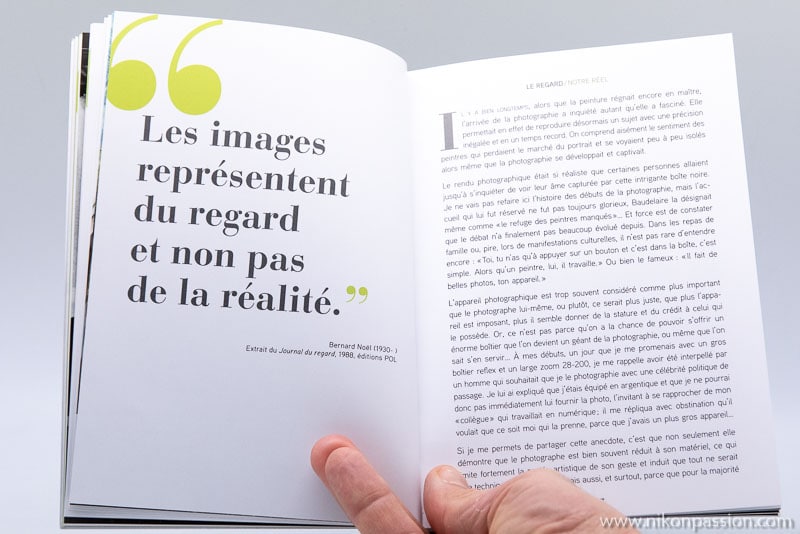
I live in the city, I’m sensitive to others, to urban culture, history, urban territory, I like blues and rock. In movies I like action scenes but also beautiful stories and sequence shots. I immerse myself in the road to Kerouac like the paths of Sylvain Tesson.
It is with all this in mind that I have set up a photo project on the urban territory in recent years, because it is my sensitivity and my vision that I wish to put forward. I don’t want to “show photos”, I want to “tell the story of my close environment”.
You have already made interesting pictures, by applying the tips found here or elsewhere, by taking advantage of the good light conditions available to you, by having a bit of luck when an interesting subject came up. We all do that.
In doing so, however, you have played the opportunistic game: it was luck that gave you a boost, or a lucky chance that you were able to seize.
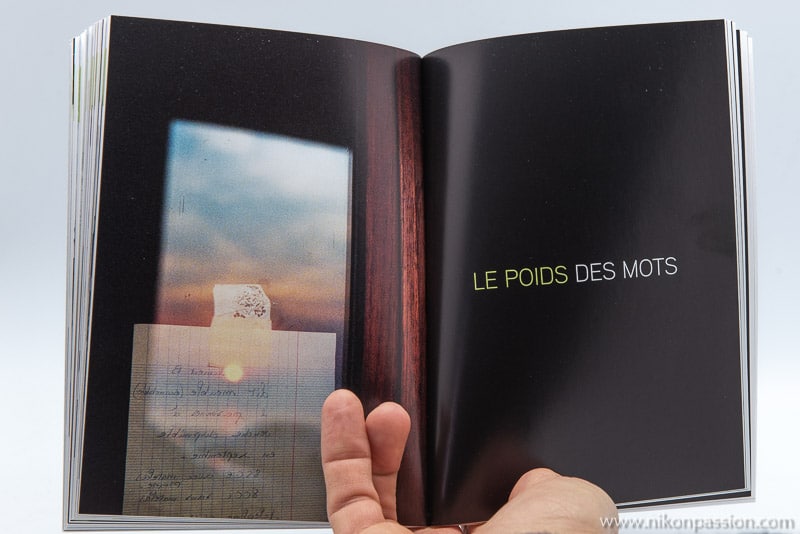
Telling a story, being creative, is not just a matter of luck and chance. You have to think and steer your project:
- define its limits,
- accept constraints,
- know what you need to photograph to create a series,
- know why you’re doing it,
- and especially what story you want to tell.
If there was only one piece of advice to remember about photography, it would be this:
“Learn how to tell stories and do it with your own eyes and emotions, using the camera as a tool, not an excuse. »
What do the movies tell us? Singers? The writers? Painters? Stories.
What do the photographers tell us? Stories.
The best photo subjects you can find, and the best stories to tell with your photographs, are in the scripts, song lyrics, stories, and albums of the artists and authors you enjoy. You can find inspiration without going to the other side of the world by taking an interest in your everyday life, what you have in front of your eyes and in your ears.
Is there something you’re particularly attracted to? Write it down, it’s a possible story.
Something makes you react, vibrate? Write that down too, it’s another story to illustrate.
« Use what you do naturally and find situations “said the character of a TV series to encourage participants in a theatre group to create.
You must already like your pictures, if you like them too, then so much the better, but that’s not the point (contrary to what one posts on social networks to get a maximum of Likes by respecting the codes of each network).
What’s the subject?
You know what the subject of a photo is: it’s what catches the viewer’s eye before he or she goes around the image to see all the other elements in it.
When you think about a photo project, the subject of the project doesn’t have to be the subject of each of your photos. When I think about “urban territory”, I don’t show photos of the “territory” but of houses, streets, places that are “part of the territory” as well as other places that may not be part of it.
When you are going to make photos for this project, think about the theme you have defined: how does the image you are going to make contribute to the story you want to tell?
A story is more than a subject, it is also a beginning, a development, a conclusion (reread François Rastoll). Photographing the same subject from different angles, in different situations or positions is not necessarily “a good story to tell”.
Having the idea, framing the project, knowing what story you’re going to tell, that’s one thing. But making the photos that will support that story is another. That’s the most difficult thing for many photographers.
Don’t try to move too fast. Take a lot of pictures, sort, eliminate, be tough on yourself before the public is tough on you.
I closed my previous project on the urban territory with an exhibition of sixteen photos. Not one more, even though I took several thousand of them over a period of three years.
I will choose a few more for the upcoming book, I know that I have in my final selections some images that are less strong, or out of step with this exposed series. Complements” to use François Rastoll’s expression.
Also think about derived series that can form a parallel story. In any story, there are other stories to develop. You are familiar with the notion of spin-offs in TV series (derived series) ?
Strong photos and support photos
In all creation, there are high and low times. Your photo project must include this dimension, think about making images that will help you build the story.
Unlike a more classic photo series where each image resembles the other because it takes up the same subject, a story must include strong images that give rhythm to the narrative. These are the key elements of your “photographic writing”.
Do you think your project includes a beginning, a middle and an end? Now, identify which of the images you have made (or will make) that will be used to “write the story”.
The simplest sequence is to identify the subject, the verb and the complement (the three elements of the sentence in writing).
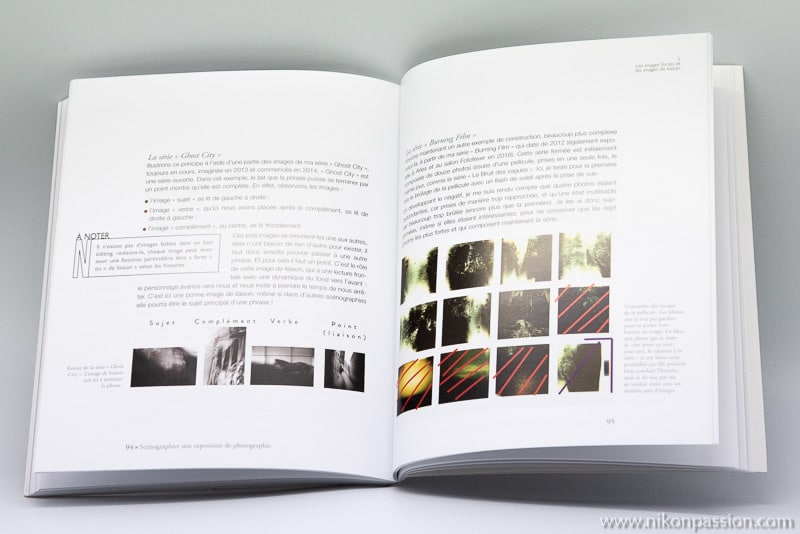
Let me quote François Rastoll here:
- the subject is “the picture we’re going to talk about, the basis of the story”,
- the verb is “the picture that will allow to situate the time, an action, a state or an attitude”, it is a strong picture,
- the complement is “the photo that maintains or takes up the codes of one of the two previous images, and that creates a relationship with the subject through the verb”.
You do the linking and the building?
Without support an image does not exist
When you think about photography and photo projects, you should always keep in mind that broadcasting your images must be a goal. Storing files on a hard drive is not a good way to “finish the job” that you started when you took the picture. Just as it’s not a good way to “finish the job” you started when you took the pictures, it’s also not a good way to simply post the pictures on social networks or your personal website.
To distribute your photos, there are many solutions, the photo book and the exhibition being the most rewarding.
The photography book is the format par excellence, you control all its parameters and the presentation does not vary over time (read Gildas Lepetit-Castel, page 99 and following).
The exhibition is a moment of sharing with the public more punctual, as it is limited in time. Most of the time, you do not master all the parameters (places, surfaces, duration, hangings).
These two supports are complementary. The book can be used to make your project known and to interest exhibition venues.
The exhibition can be used to publicize your project and help disseminate your book.
Simply presenting one’s photos on a website or photo-sharing sites is in no way equivalent to an exhibition. And what could be more fascinating for you than to show your work to the visitors of the exhibition, or to offer your book (you can even sell it!) .
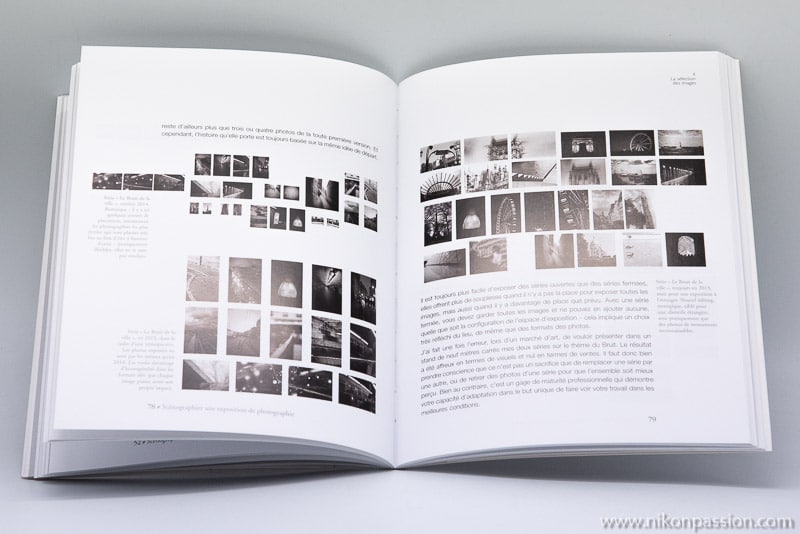
Giving life to the project and creating
You have understood now that in every creative project there is an intention. Don’t lose sight of this: think from the beginning about the model of your book as well as the scenography of your exhibition.
« Without reflection or preparation for the construction of the scenography [de votre série photo] The risk is to create a neutral form of gaze: visitors will slide over your photos without anything catching them. »
-François Rastoll
You have taken the trouble to build a story, to make photos to illustrate it, to choose these photos carefully, so now it is crucial to shape this story and its presentation.
In “Scenographier une exposition de photographies” , François Rastoll tells you about the pitfalls to avoid when preparing an exhibition.
A too simple hanging (e.g. a series of frames of identical format aligned in a linear fashion) rarely showcases your images.
A presentation that is too busy, too flashy, “ends up crushing the work” at the risk that the visitor will only see it. Frames that are too elaborate become too visible, and visitors see only themselves, to the detriment of your photos.
However, there is no question of avoiding clashes and complex models. But this must be done with full knowledge of the facts, with a precise reason (listen to what the photographer Michel Aguilera thinks).
Don’t forget that your exhibition, like your book, must convey more than just the story conveyed by the photos: a memory, an atmosphere, feelings… everything that each photo cannot evoke on its own.
There are different ways of doing photography. Some are content to immortalize a few important, personal moments.
Others take advantage of the opportunities offered to them to make images that are out of (their) ordinary.
All these approaches are valid and respectable, photography is a passion for most photographers and to say that making series is the only way to progress is a mistake. However, if you want to become creative, one of the possibilities is to think long term and project.
The few tips above along with the reading of the two books by Gildas Lepetit-Castel and François Rastoll will allow you to start clarifying your desires.
From inspiration to publication there is a long way to go, but everything is already within you, and that is the most important thing.
Do you have doubts, questions, experiences to tell? Do it via comments, it allows to enrich the subject and to debate between enthusiasts.
Inspiration in photography, the book
Scripting a photography exhibition, the book

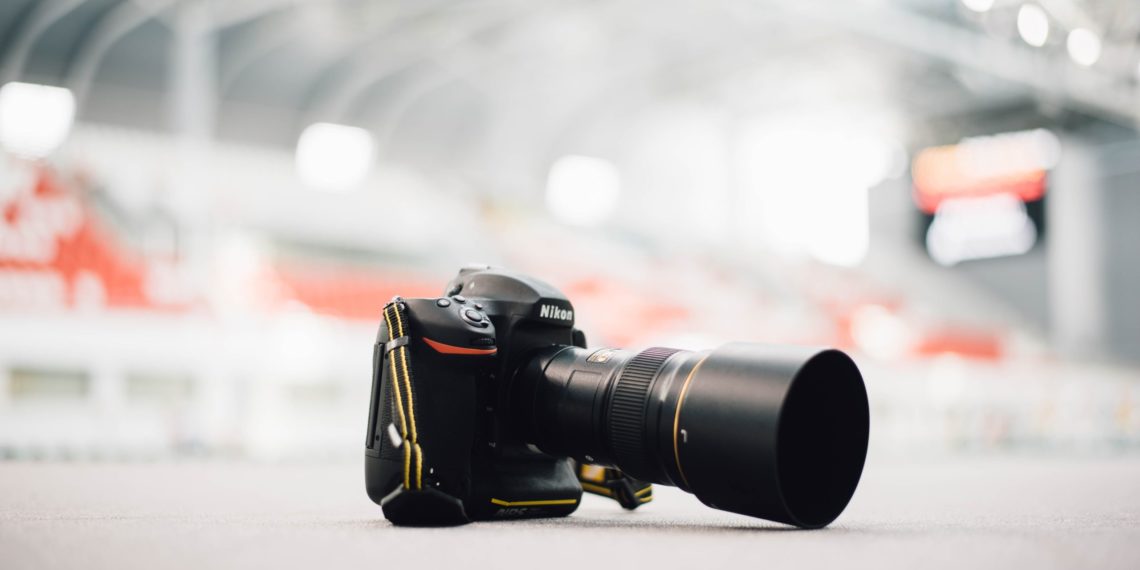


Discussion about this post